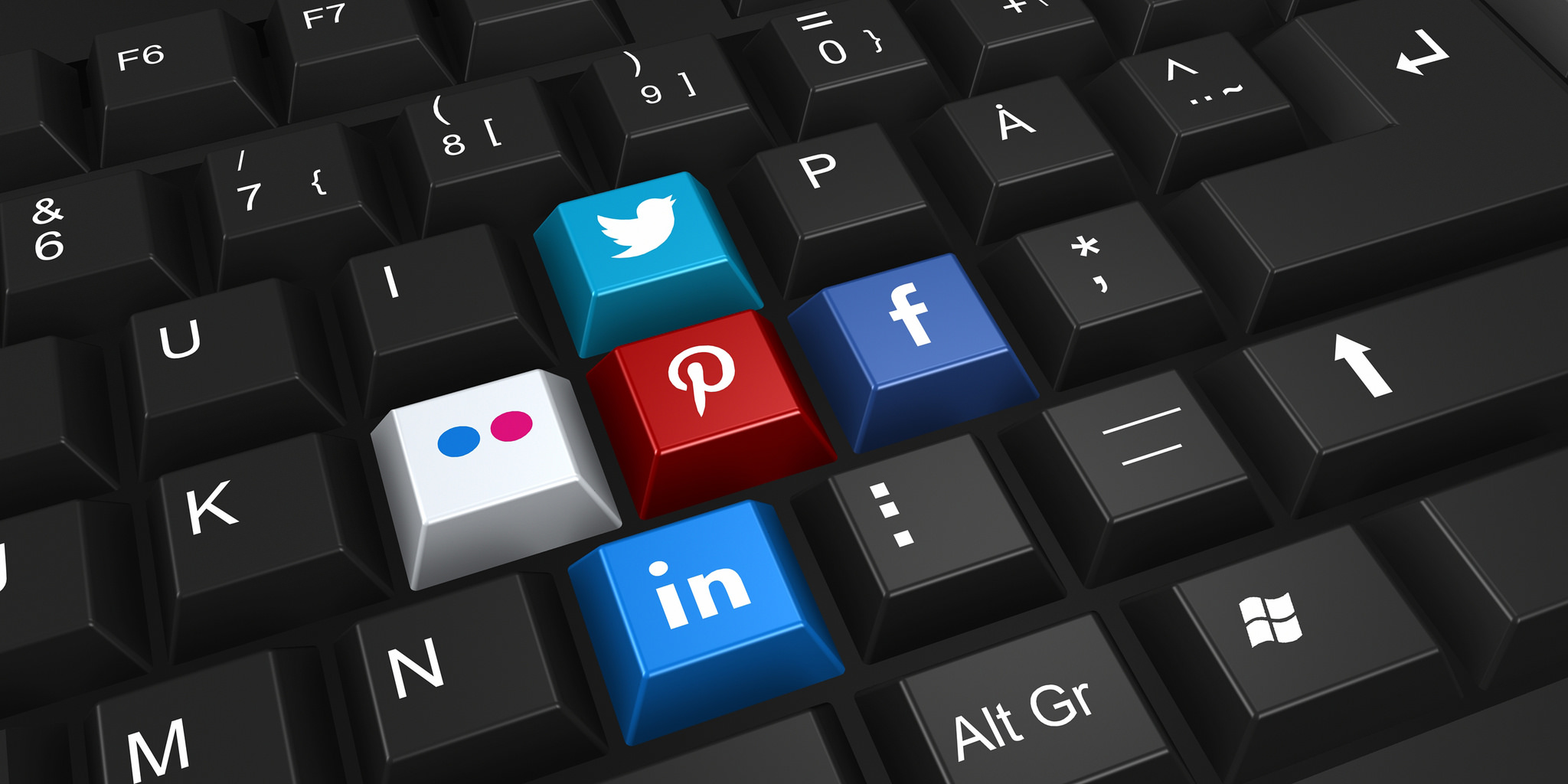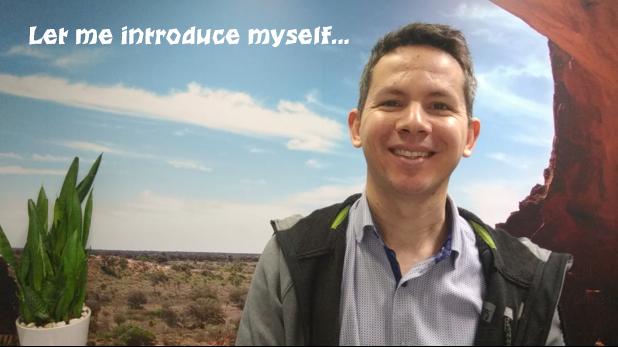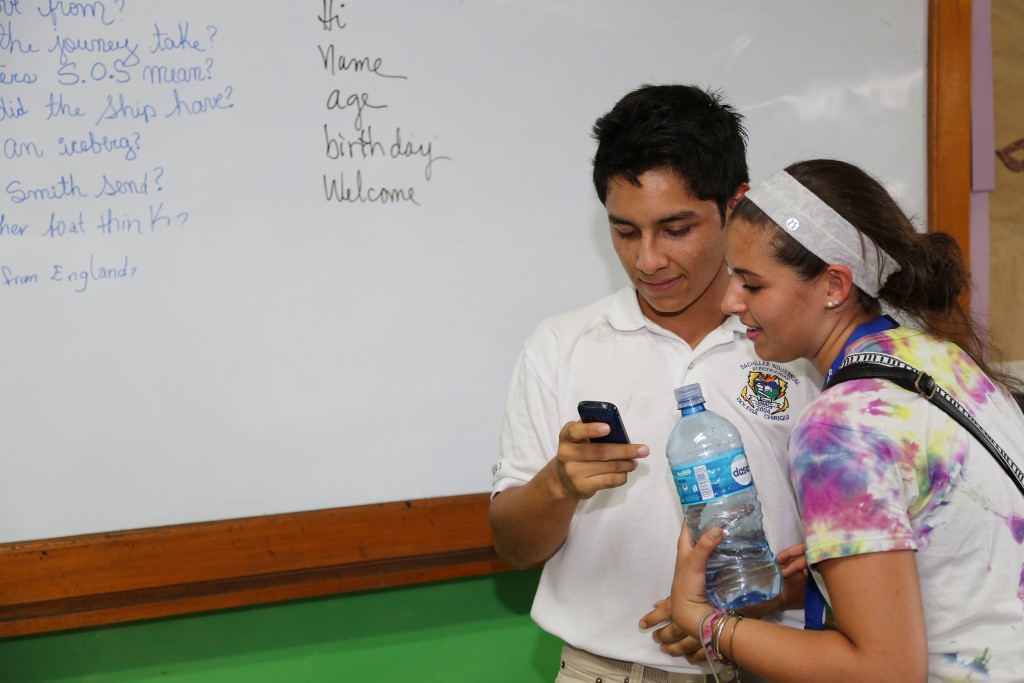One of the very first things you need to understand about social media platforms is that security is YOUR responsibility and you should secure it NOW!
WHY:
A hack on your social media platforms can damage your online reputation in several ways! Imagine all your work/school colleagues being spammed links to inappropriate and/or pornographic materials? Posts made under your name that do not reflect your opinions? Hackers sending unsolicited emails or content to your family, friends or work colleagues?
How about a hack on your email? When you click that forgot password option on your social media and online platforms, where do you think that reset email goes to? Your email is a gateway to your online world and your identity online and offline. More on that topic in another blog.
HOW:
You can enable multifactor authentication on most online platforms now, and it’s surprising it isn’t compulsory. Multi-factor authentication is the process of authenticating via more than one method. ie: 1) your password (something you know) and 2) your phone (something you have).
Here’s how to enable:
Twitter: click your avatar/picture in the top right and then select settings and privacy. You’ll find an option called “Login verification”. Enabling this will require future login attempts from new devices to re-authenticate with a code sent to your mobile phone. You can also choose to use an app like Google authentication if you want security against someone steeling your mobile number (This is easy to do, and hackers do it).
Facebook: click the down arrow in the top right next to the help question mark, click security and logon, turn on two-factor authentication.
Instagram: Select your profile (the person icon in the top right), select the cog next to the edit profile button, select privacy and security, scroll down and enable Two-Factor Authentication
Google: Select your avatar/picture in the top right, click google Account, select the sign-in and security heading, scroll down and enable 2-Step Verification.
How about your password?
It is best practice to use a unique and complex password for each online website, app or platform you use. This may sound daunting to remember but there’s ways to make that easier. You can use free applications like KeePass to create complex passwords and store them in an encrypted format. You then only have to remember one master password.
Avoid using really simple passwords. Complex passwords should contain mixed upper and lower case letters, include numbers and special characters in unpredictable locations and are over 8 characters in length.
Examples:
P@ssw0rd! – Meets complexity requirements but is not secure as it is predictable, used commonly and thus is included in password dictionaries used in brute force/dictionary style attacks.
!C3KCoHu@N – Secure! unpredictable mix of characters, will take a lot longer for a hacker to crack this one, and with programs like KeePass, you wont need to remember it.
Conclusion
Now that you have a complex unique password and multi-factor authentication enabled on all your social media accounts and email account, you are much more protected online. It is important to understand that even with a secure password and multi-factor authentication options enabled, you can still be be hacked through phishing and other more advanced forms of attack, but you have taken the first steps to achieving a base line security standard that will mitigate your risks online!
Follow me on social media for more Cyber Security related tips to keep yourself safe online! Like what you see? Please share this blog on your favourite social media platforms to help keep your family, friends and colleagues safe online as well.
~Feature image by Animated Heaven – Social Media – (CC0 1.0)


